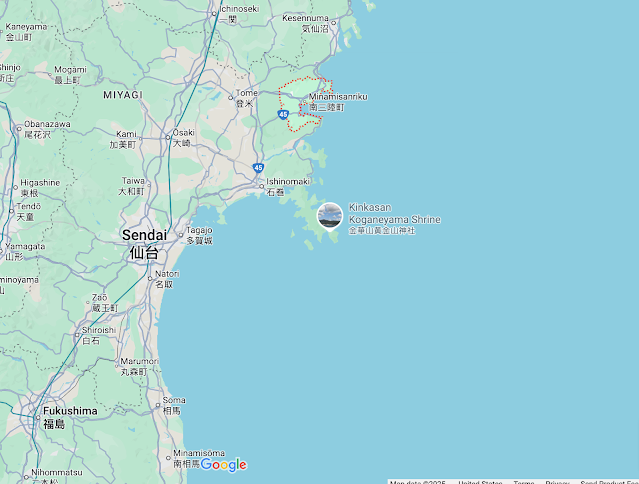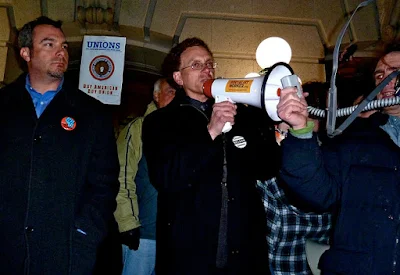Don't buy stocks, unless you like overpaying, says John Bethel.
Here:
Back in January 2006, I posted about something Peter Cundill referred to over the years — “The Magic Sixes.”
As I wrote at the time:
“The Magic Sixes” are something Cundill got from a man named Norman Weinger of Oppenheimer in the 1970s. They are companies trading at less than .6 times book value (or less than 60% of book value), 6 times earnings or less, and with dividend yields of 6% or more. Cundill remembers that there were HUNDREDS of publicly traded companies in the US qualifying back in those days.
When I posted the above more than five years ago, I ran a screen on Barron’s Online and it gave three stocks meeting the test.
I just ran it again a few minutes ago and it listed one stock meeting the test. And a second that was on the bubble (and might meet it as the stock price fluctuates a bit).
The Magic Sixes isn’t meant to give specific stock tips. It’s used to gauge the broad market — and whether it’s cheap or not.
It’s clearly not here in the US.
Back in January 2006, I posted about something Peter Cundill referred to over the years — “The Magic Sixes.”
As I wrote at the time:
“The Magic Sixes” are something Cundill got from a man named Norman Weinger of Oppenheimer in the 1970s. They are companies trading at less than .6 times book value (or less than 60% of book value), 6 times earnings or less, and with dividend yields of 6% or more. Cundill remembers that there were HUNDREDS of publicly traded companies in the US qualifying back in those days.
When I posted the above more than five years ago, I ran a screen on Barron’s Online and it gave three stocks meeting the test.
I just ran it again a few minutes ago and it listed one stock meeting the test. And a second that was on the bubble (and might meet it as the stock price fluctuates a bit).
The Magic Sixes isn’t meant to give specific stock tips. It’s used to gauge the broad market — and whether it’s cheap or not.
It’s clearly not here in the US.














